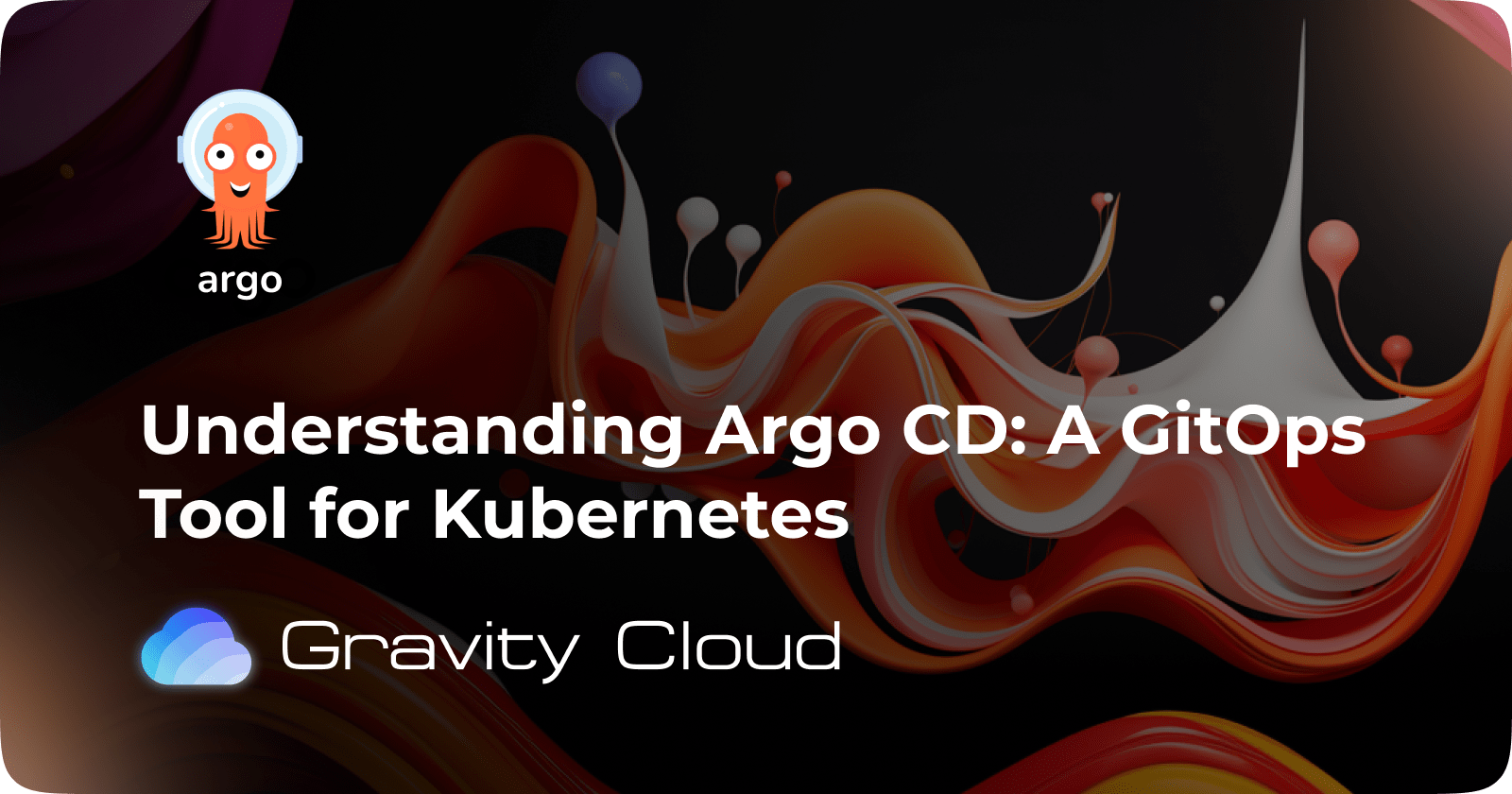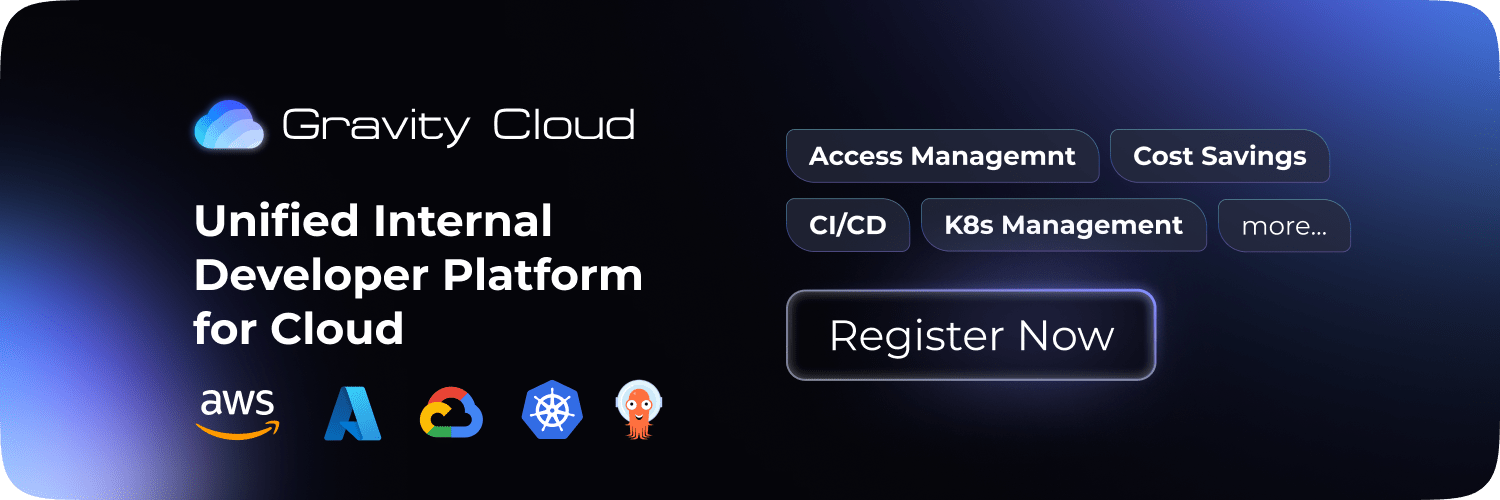Kubernetes
Argo CD
GitOps
Understanding Argo CD: A GitOps Tool for Kubernetes


In the world of Kubernetes, managing deployments and ensuring that your applications are running as expected can be a daunting task. This is where Argo CD comes into play. Argo CD is a declarative, GitOps continuous delivery tool for Kubernetes that allows you to manage your applications and their lifecycle using Git repositories as the source of truth. In this blog, we will explore what Argo CD is, how it works, its architecture, and the pros and cons of using it.
What is Argo CD?
Argo CD is part of the Argo Project, which is a suite of tools for Kubernetes that includes Argo Workflows, Argo Events, and Argo Rollouts. Argo CD specifically focuses on continuous delivery and deployment, enabling users to manage Kubernetes applications declaratively. It allows you to define your application’s desired state in a Git repository, and Argo CD will ensure that the actual state in your Kubernetes cluster matches this desired state.
Key Features of Argo CD
- Declarative Setup: Define your application’s desired state in YAML files stored in Git.
- Automated Syncing: Automatically sync your Kubernetes cluster with the desired state defined in Git.
- Multi-Cluster Support: Manage multiple Kubernetes clusters from a single Argo CD instance.
- User Interface: Provides a web-based UI for visualizing application states and managing deployments.
- Role-Based Access Control (RBAC): Fine-grained access control for users and teams.
How Argo CD Works
Architecture
Argo CD operates on a client-server architecture. The main components include:
- Argo CD Server: The API server that handles user requests and manages the application lifecycle.
- Application Controller: Monitors the state of applications and performs synchronization between the desired state in Git and the actual state in the Kubernetes cluster.
- Repository Server: Interacts with Git repositories to fetch application manifests and other resources.
- Dex: An optional component for authentication, which can integrate with various identity providers.
Workflow
-
Define Application: You define your application in a Git repository using Kubernetes manifests (YAML files). This includes deployment configurations, services, ingress, etc.
-
Connect Argo CD to Git: You configure Argo CD to point to your Git repository. This can be done through the Argo CD CLI or the web UI.
-
Create an Application in Argo CD: You create an application in Argo CD, specifying the Git repository and the path to the manifests.
argocd app create my-app \
--repo https://github.com/my-org/my-app.git \
--path k8s \
--dest-server https://kubernetes.default.svc \
--dest-namespace default
- Sync Application: Argo CD will automatically sync the application state with the desired state defined in Git. You can also manually trigger a sync.
argocd app sync my-app
-
Monitor Application State: Argo CD continuously monitors the application state and alerts you if there are any discrepancies between the desired and actual states.
-
Rollback: If a deployment fails or you want to revert to a previous version, you can easily roll back to a previous application state defined in Git.
argocd app rollback my-app <revision>
Pros and Cons of Argo CD
Pros
-
GitOps Paradigm: Argo CD embraces the GitOps methodology, which simplifies the deployment process and enhances collaboration among teams.
-
Declarative Configuration: By using YAML files, you can version control your application configurations, making it easier to track changes and roll back if necessary.
-
Automated Syncing: Argo CD automatically ensures that the actual state of your applications matches the desired state, reducing manual intervention.
-
Multi-Cluster Management: You can manage multiple Kubernetes clusters from a single Argo CD instance, making it suitable for large organizations.
-
User-Friendly Interface: The web UI provides a clear visualization of application states, making it easier for developers and operators to manage deployments.
Cons
-
Learning Curve: For teams new to GitOps or Kubernetes, there may be a learning curve associated with adopting Argo CD.
-
Complexity: In large environments with many applications and clusters, managing configurations and permissions can become complex.
-
Dependency Management: Argo CD does not natively handle application dependencies, which may require additional tools or manual management.
-
Resource Overhead: Running Argo CD adds additional components to your Kubernetes cluster, which may increase resource consumption.
We have published a detailed guide on how to setup Argo CD in a Kubernetes cluster. You can find it https://gravitycloud.ai/blog/deploying-argo-cd-in-kubernetes-with-helm-chart.
Conclusion
Argo CD is a powerful tool for managing Kubernetes applications using the GitOps methodology. Its declarative approach, automated syncing, and user-friendly interface make it an excellent choice for teams looking to streamline their continuous delivery processes. However, organizations should weigh the pros and cons and consider their specific needs and expertise before adopting Argo CD.
By leveraging Argo CD, teams can enhance collaboration, improve deployment reliability, and ultimately deliver better software faster. If you’re looking to implement GitOps in your Kubernetes environment, Argo CD is definitely worth considering.
I hope this blog post provides valuable insights into DevOps, Kubernetes and cost-saving benefits. If you have any questions or need further assistance, feel free to ask!
If you like this, follow us on Twitter and LinkedIn and explore our platform to help save you more cloud costs - gravitycloud.ai
Share this Article:
